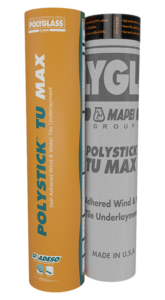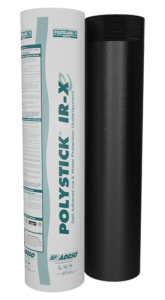Steep-slope roofing systems have specific roofing requirements due to their structure. A steep-slope roof is any roof that has a slope steeper than 3:12. Steep-slope roof systems are generally water-shedding; they need gravity to shed water and prevent puddles and dampness from forming, which makes the slope gradient a vital consideration in steep-slope roofing installation. Common steep-slope roof styles include gambrel roofs, shed roofs, and gable roofs.
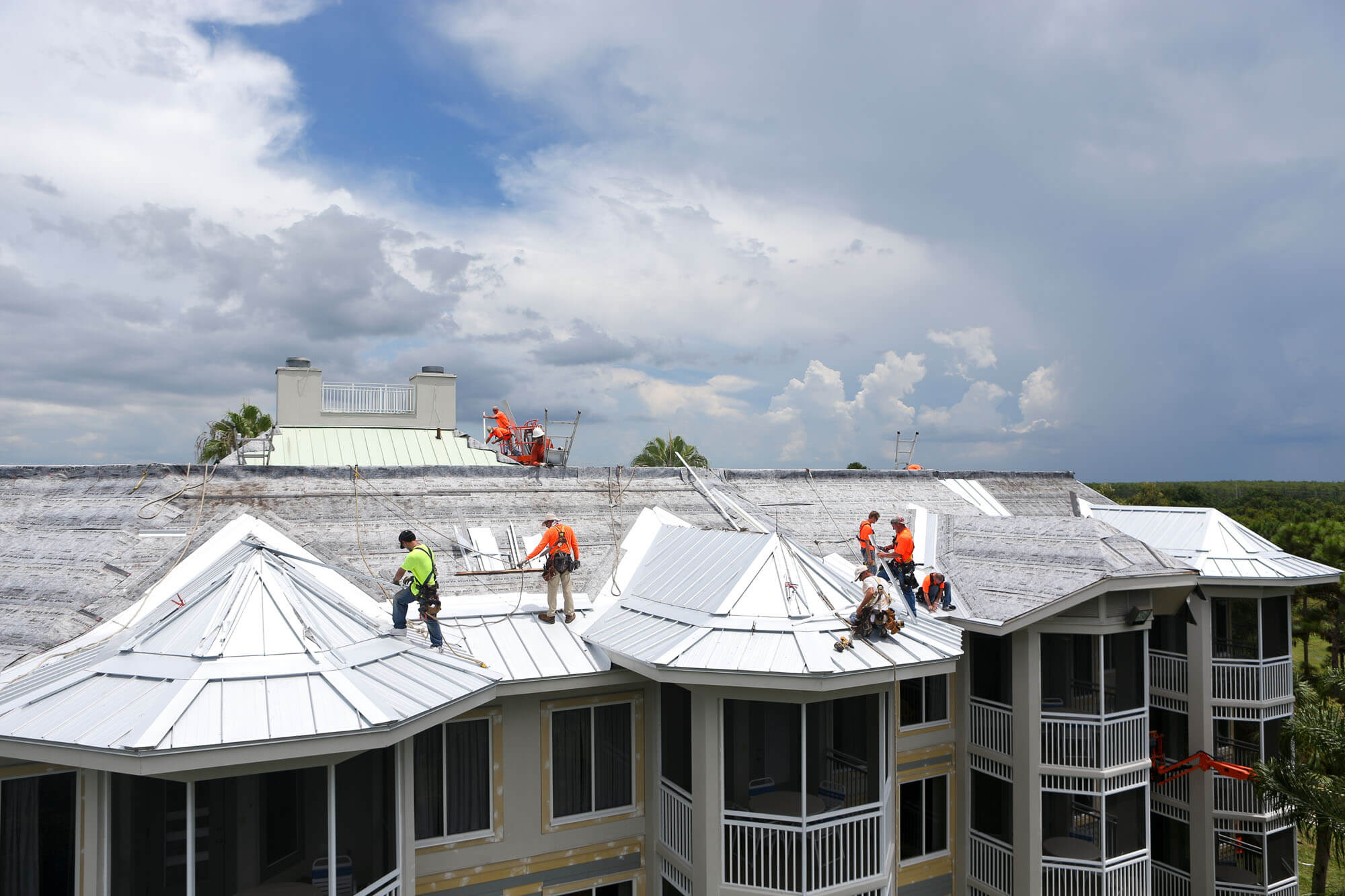
Common Materials and Products for Steep-Slope Roofs
Steep-slope roofs are generally composed of a roof covering underlayment, insulation, and a roof deck. Common types of roof covering materials for steep-slope roofs include:
- Clay and concrete tiles – Clay tiles are produced by baking clay while concrete tiles are made of cement, sand, and water. Clay tiles must always adhere to the recommended ASTM standards of ASTM C 1167 (the standard specification for clay roof tiles).
- Slate – Slate is a dense, durable, and non-absorbent naturally occurring material. The texture of slate is determined by the rock it’s quarried from. There are three classifications of slate depending on its texture and feel which are standard, standard smooth, and gradual/textural.
- Asphalt, wood, and synthetic shingles – Asphalt shingles consist of several layers including a base material that supports strength and resistance to weather, asphalt and assorted fillers, and a surface material that protects against UV degradation as well as impact and fire resistance.
- Wood shakes – wood shakes are split from logs of pine, cypress, redwood, and western red cedar trees and reshaped by manufacturers. Wood shakes tend to be thicker at the butt end than wood shingles.
- Metal panels and shingles – there are two types of metal for roof systems: structural for low-slope roofs and architectural for steep-slope roofs. Architectural metal has water-shedding qualities, making it ideal for steep-slope roofs, and comes in several different forms such as panels, shingles, and individual components.
Underlayments for Steep-Slope Roof Assemblies
Roof underlayments are generally made from asphalt-saturated materials, rubberized asphalt, or synthetic materials. Underlayments are attached to the roof deck and their design allows for other roofing materials to be installed directly on top of them.
Selecting the correct underlayment is vital for providing the foundation of a secure, well-designed steep-slope roof. Steep-slope roof systems require an underlayment which must be applied before the roofing installation.


Certain underlayments may even include extra protection from extreme weather in the form of ice-dam protection membranes. This type of underlayment offers reinforced protection against moisture intrusion along roof eaves in valleys where ice dams may occur.
Attaching Roof Underlayments
There are two ways to attach roof underlayments to a roof deck – mechanical fastening and self-adhering to the roof. Self-adhered underlayments are more commonly used for ice dam protection.
Historically, organic asphalt felts were popular products for the self-adhering application method, but self-adhered modified underlayments are now preferred.
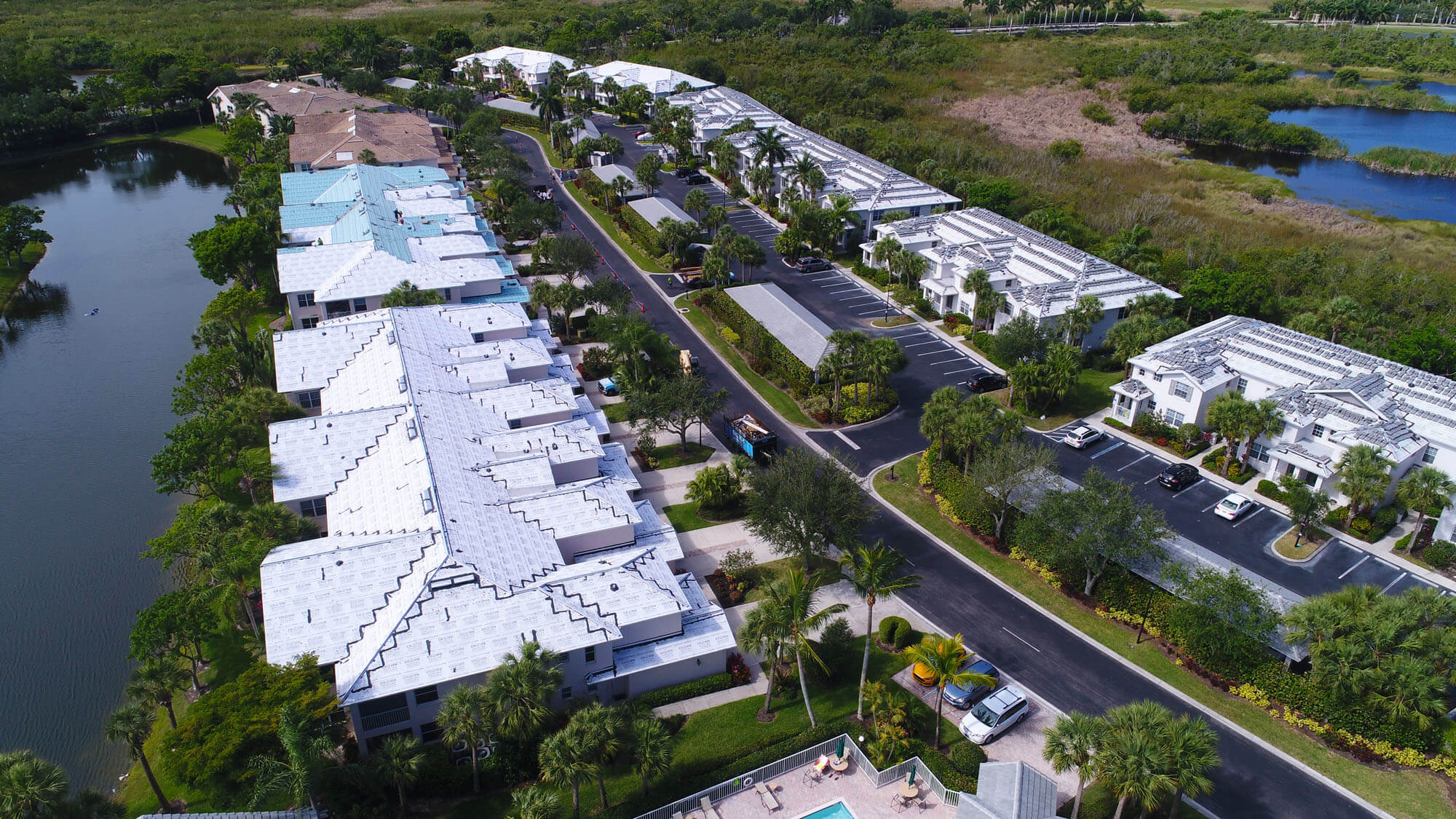
Polyglass Polystick® Underlayments for Steep-Slope Roofs
Self-adhering (SA) bituminous membranes have been used as underlayments in steep-slope roofing installations for years. Self-adhering bituminous membranes are used in sloped roofing installations as an underlayment to prevent water entry at the wave areas of shingled roofs in cold climates where ice dams occur.
Traditionally, modified bitumen membranes were applied using torches or mop-applied with hot asphalt or solvent-based adhesives. More recent membranes combine the performance of modified bituminous compounds with a self-adhesive bituminous layer for easier application.
At Polyglass, we offer a comprehensive range of versatile, easy-to-install underlayment products that give your roof the protection it needs against a range of different weather conditions and challenges.
Polyglass Polystick® is an elastomeric modified asphalt waterproofing underlayment that features patented ADESO® self-adhered technology.
Created by Polyglass, ADESO self-adhered technology is a dual-compound SA membrane that uses a true APP or SBS formulation on the top weathering side and an aggressive self-adhered formulation on the bottom side of the reinforcement.
Different Polystick Underlayments Cater to Different Roofing Applications
Polystick is designed using state-of-the-art technology capabilities to produce underlayments that offer unmatched waterproofing and protection across various roofing applications.
Polystick® TU MAX: a multi-purpose steep slope underlayment, specifically designed for high-temperature applications and tile applications, though suitable as a high-performance underlayment for most steep roof coverings.
Polystick® IR-XE: a homogeneous rubberized asphalt waterproofing compound, fiberglass reinforced, with an aggregate surface for skid resistance, formulated for use in ice and water protection applications.
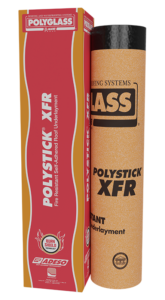
Polystick® XFR: a dual purpose fire-resistant and self-adhered waterproofing underlayment featuring a slip-resistant film surface that can be exposed for up to 180 days. With a temperature resistance of up to 265°F, Polystick XFR is ideally suited for high-temperature roof covering systems and buildings requiring additional fire resistance, such as steel and copper roofing.
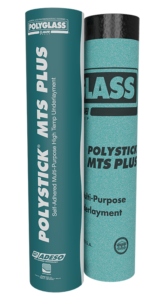
Polystick® MTS: a self-adhered waterproofing underlayment ideal for use under metal, tile, and shingle roofs, featuring a slip-resistant film surface that has been tested to allow for up to a 180-day UV exposure rating. Ideally suited for high-temperature roof covering systems such as metal roofing. Also suitable for most mechanically attached roof coverings such as concrete and clay roof tile.
The best, modified underlayments carry a “High-Temperature” designation and can handle exposure to various weather conditions for up to 60 days before the new roof system is installed on top of it.
Polyglass offers an expansive underlayment product line designed to provide excellent coverage for virtually any challenge you may have with your steep-slope roofing application.
For technical questions regarding which steep-slope systems are best for your project, reach out to our team of experts.

